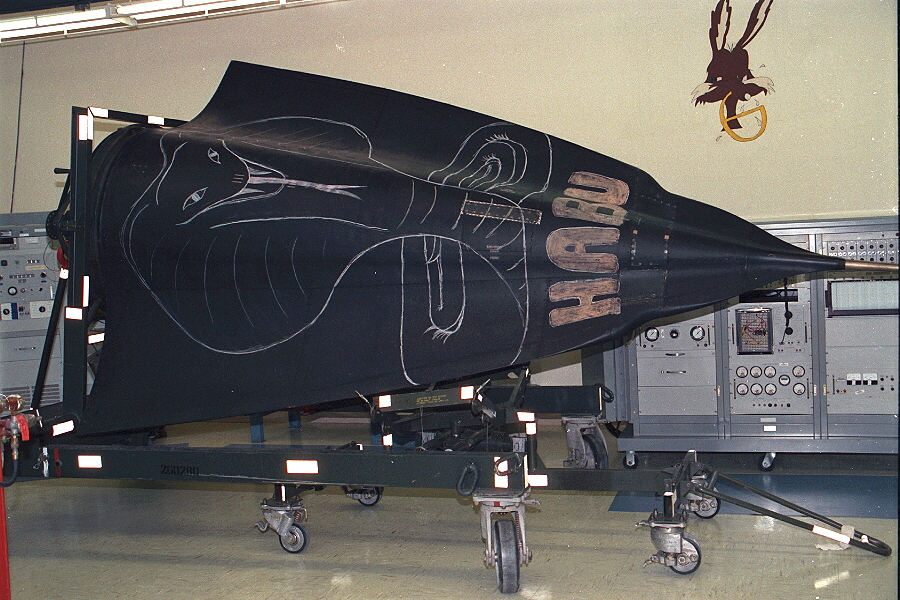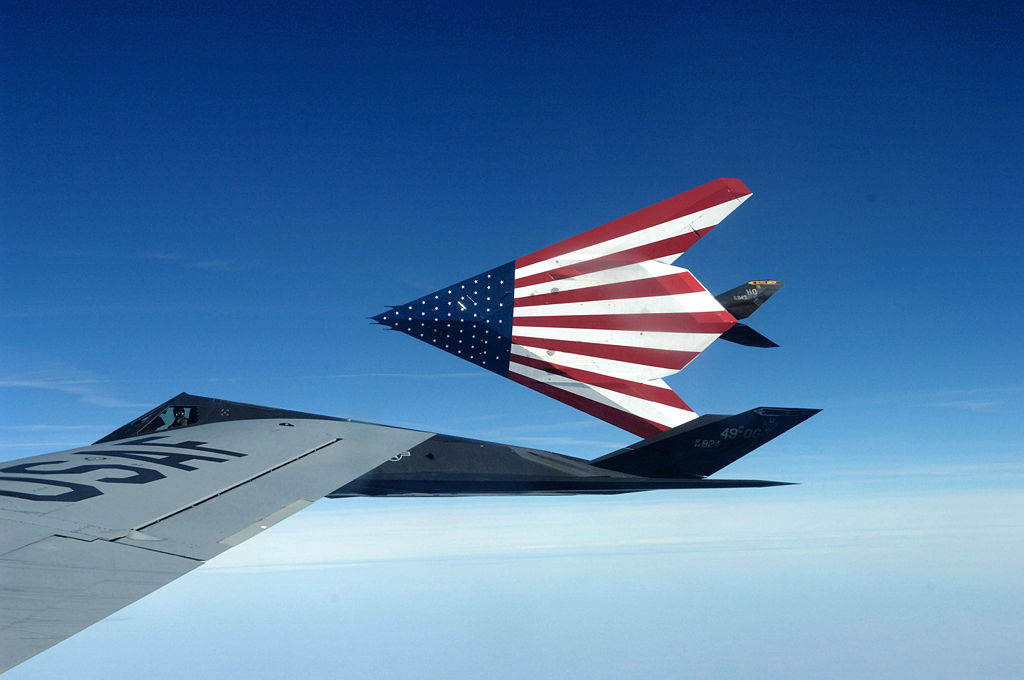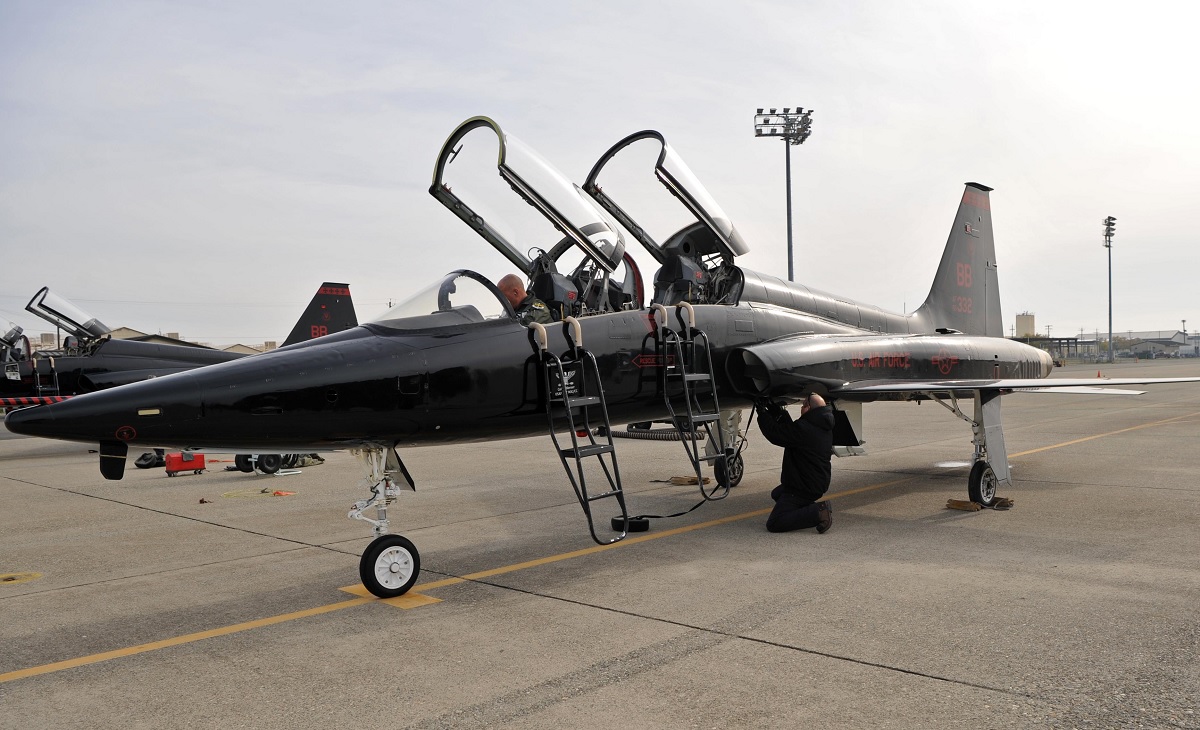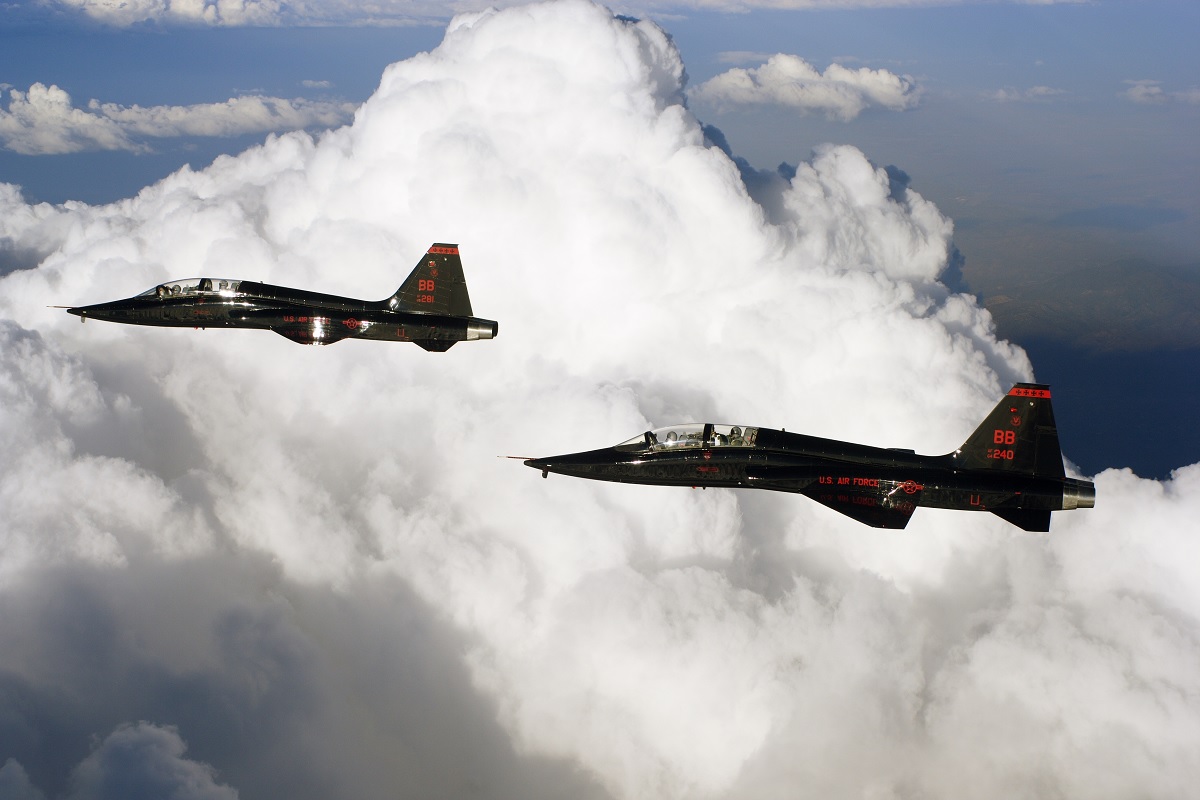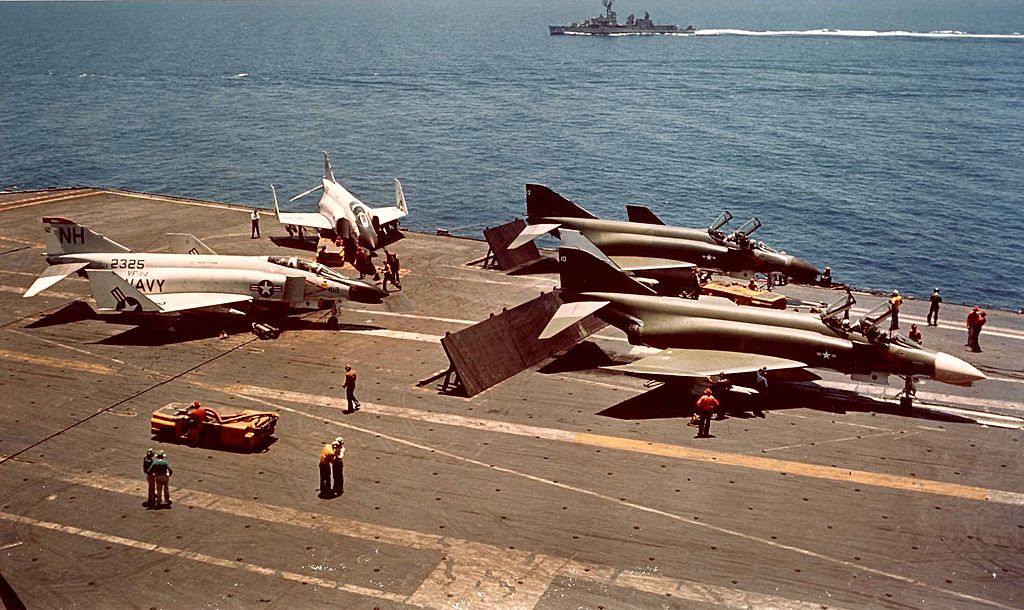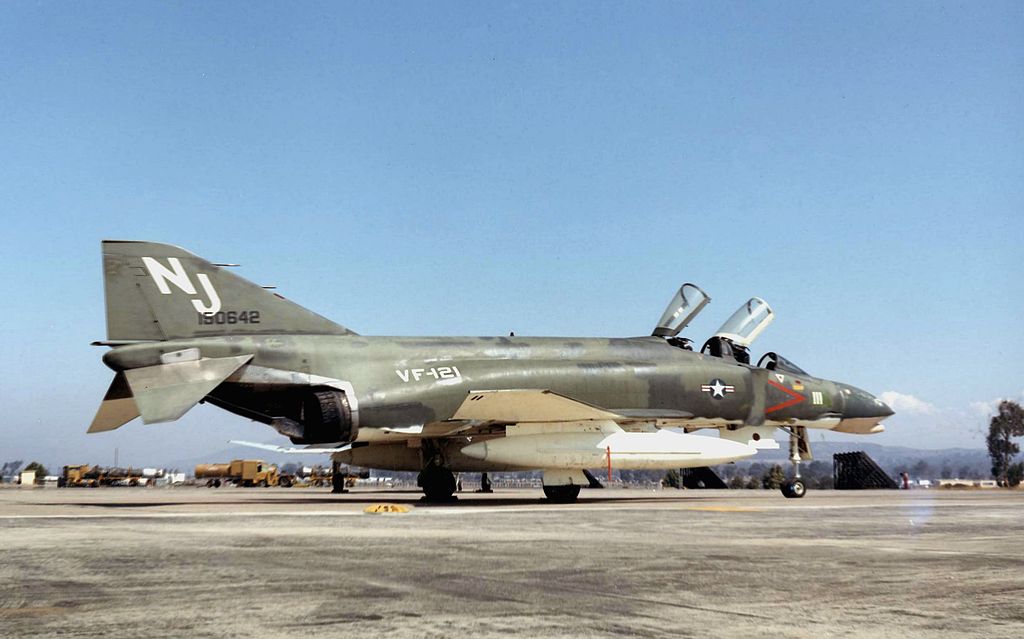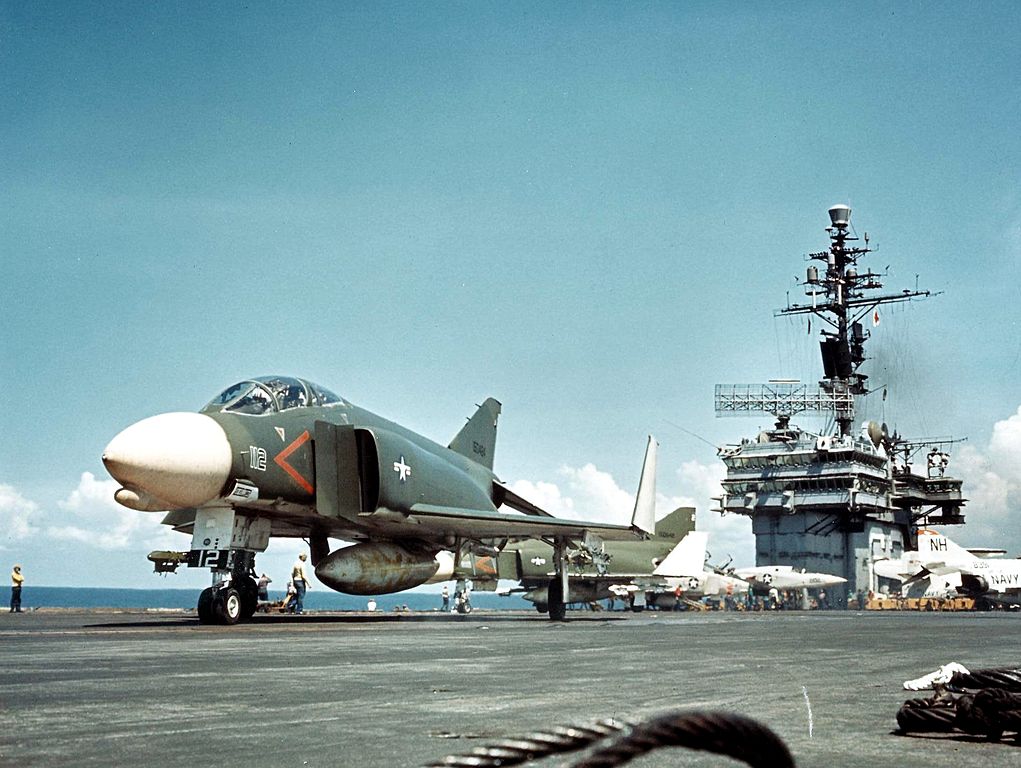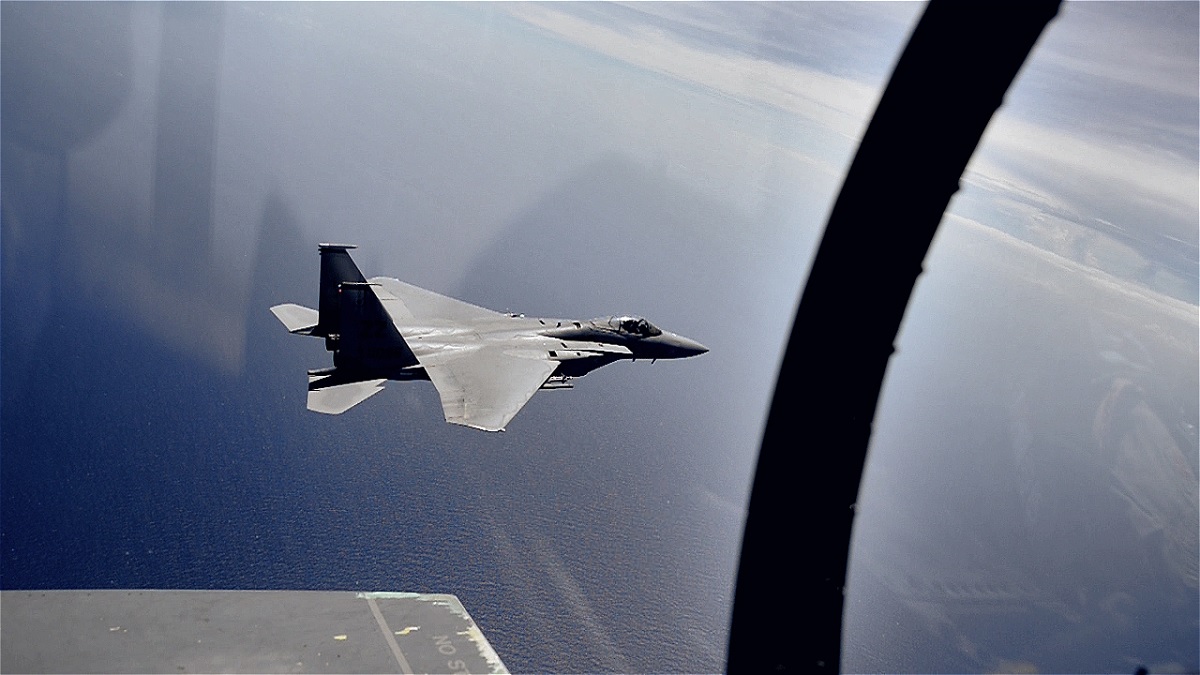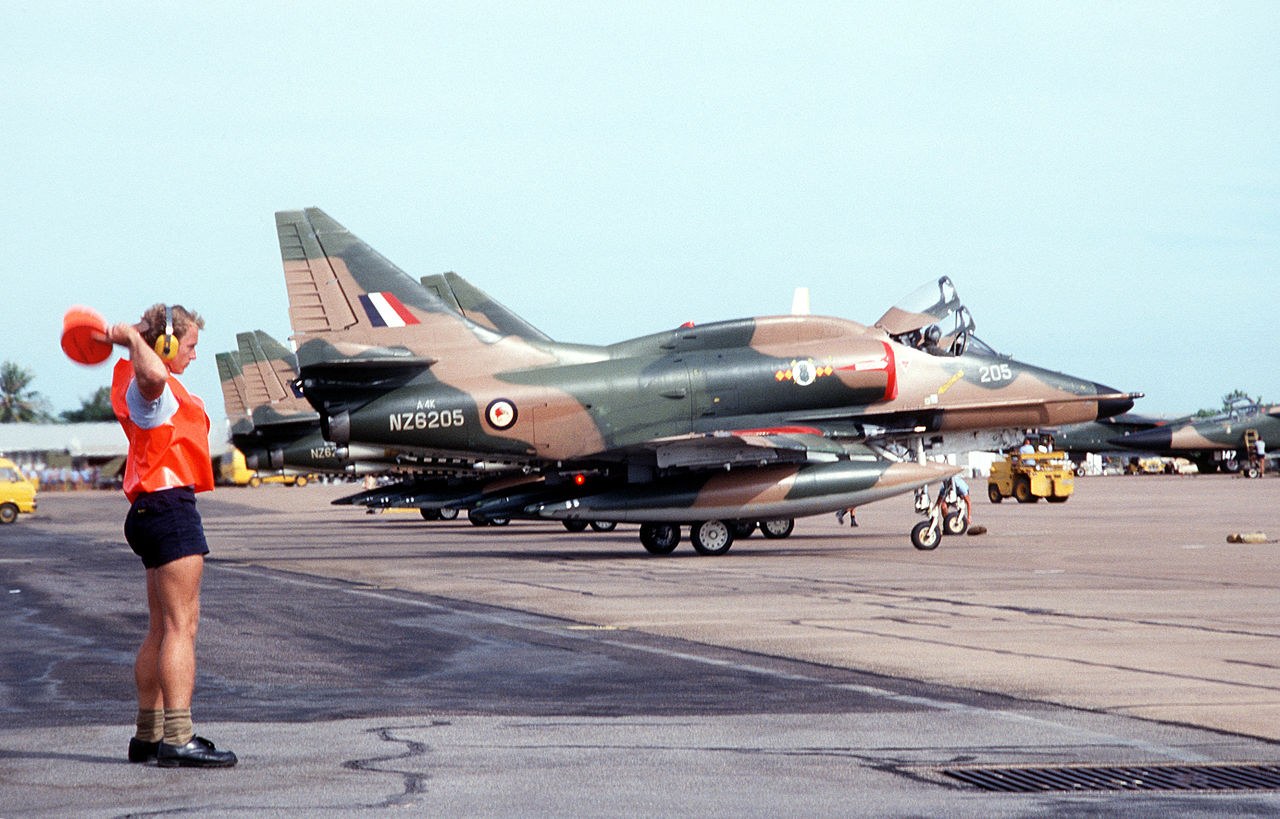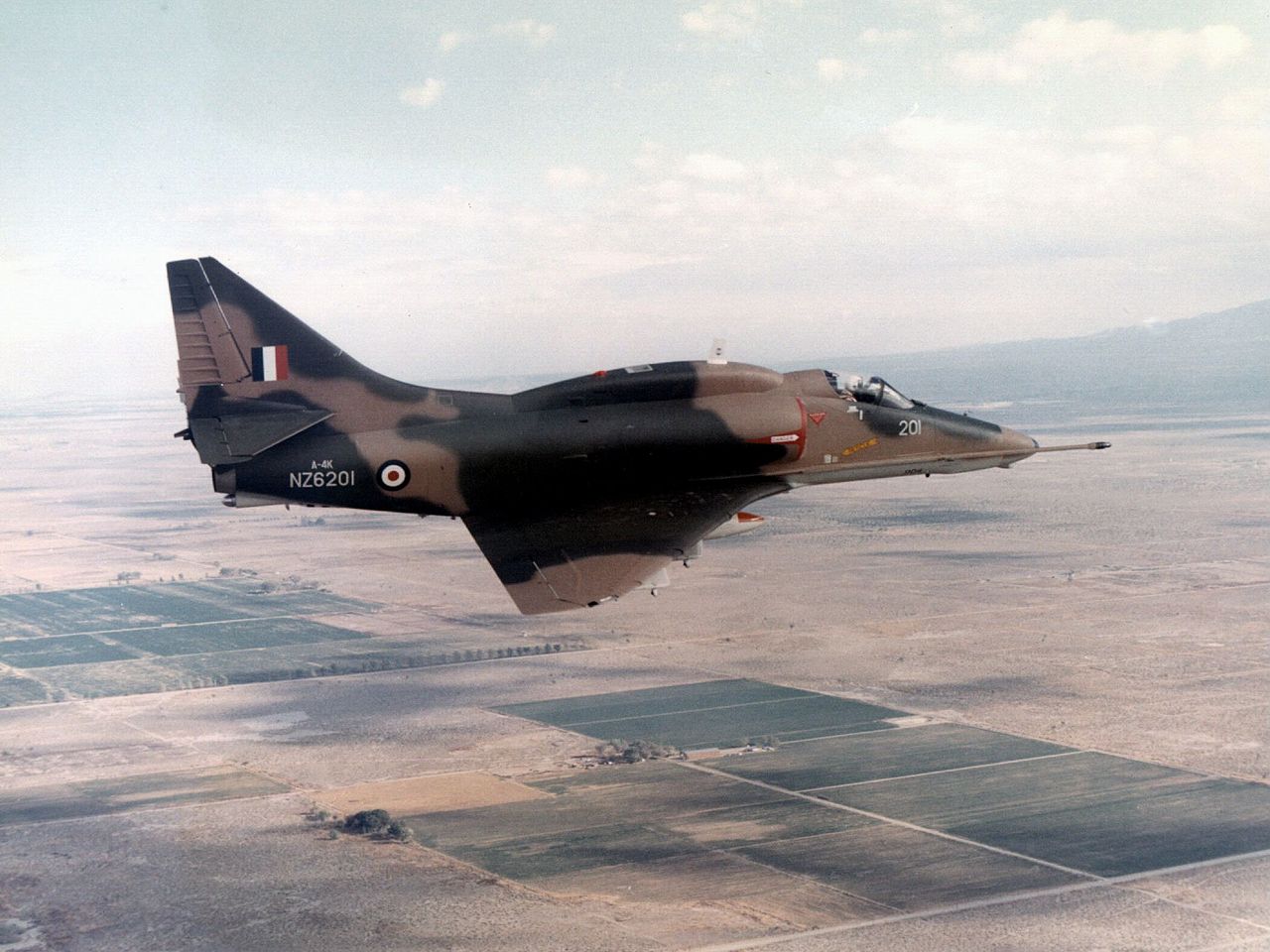“Talking to Lockheed engineers later, they determined there was a good possibility if we had gone supersonic, the entire nose section might have imploded from the supersonic shock wave,” Col. Richard H. Graham, former SR-71 Blackbird pilot
Before beginning SR-71 training, the first task was to undergo a checkout in the T-38 Talon aircraft, which serves as a companion trainer for SR-71 crew members. The T-38’s “pace chase” formation flight with the SR-71 was another duty for the aircraft. The T-38 was the perfect aircraft to handle the task whenever the SR-71 needed to be externally inspected because of a problem. A T-38 with a qualified “pace chase” crew member had to be in the air or “cocked” on the ground whenever an SR-71 was flying over Beale.
“On one occasion I needed the ‘pace chase’ aircraft to look me over,” explains Col. Richard H. Graham, a former Blackbird pilot, in his book SR-71 The Complete Illustrated History of THE BLACKBIRD The World’s Highest, Fastest Plane. “It was right after takeoff, when my RSO, Don Emmons, and I heard a loud “bang” coming from somewhere in front of the rudder pedals. I was approaching our climb out at the speed of 400 knots and thought I might have hit a bird. Looking out over the nose, I noticed a large piece of the nose section beneath the aircraft had blown open, still attached, but flapping in the air stream. I couldn’t tell the full extent of the damage because the piece was underneath the nose and all I could see was one end of it flapping about. Joe Kinego, another SR-71 crew member, remembered the ‘funny (then scary)’ radio call Don made back to Beale informing everyone of our problem: ‘The nose is coming off!’ That radio call got everyone’s attention!”
The advanced synthetic aperture radar system (ASARS), an optical bar camera (OBC), or a ballast could all be fitted aboard the SR-71 thanks to its nose section. There were faun-massive fasteners holding the nose part in place.
Graham goes on to say:
“The T-38 chase aircraft joined-up information and told us the extent of our damage as we returned to Beale. It was comforting to know everything else was intact. A one-by-two-foot metal section of the nose had ripped open while still attached underneath. I always felt fortunate that it happened during daylight. Had it been at night, I’m positive I wouldn’t have been able to see the loose panel and might have discounted the possibility of anything being wrong and continued the mission… you just never know.
“Talking to Lockheed engineers later, they determined there was a good possibility if we had gone supersonic, the entire nose section (which is removable) might have imploded from the supersonic shock wave. That scenario would have probably necessitated an ejection for both of us!”
Photo by U.S. Air Force


